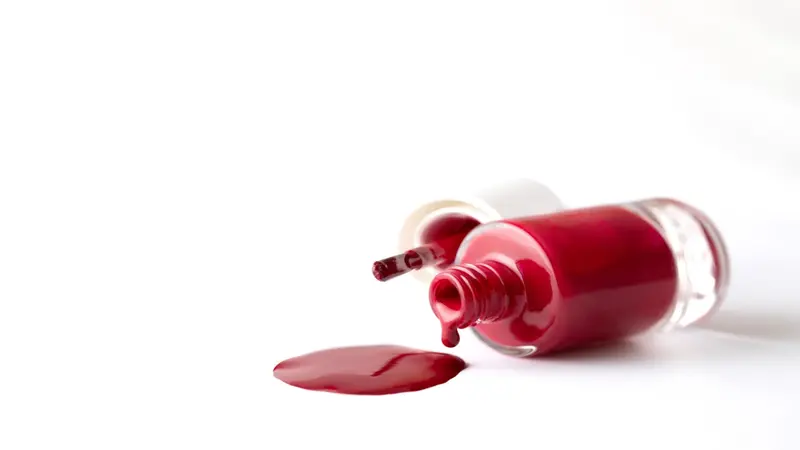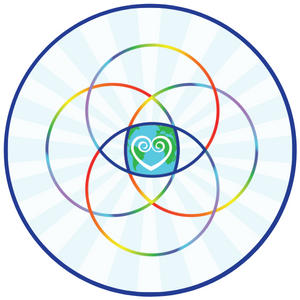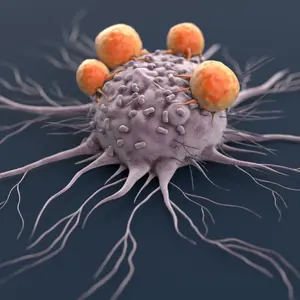
Green Living
Green Living
Nail Polish Is Toxic — Even the “Clean” Ones
A 2025 literature review published in Dermatology Research and Practice explores the health risks associated with nail polish, focusing on its chemical ingredients and misleading safety claims. While nail polish is a popular cosmetic used globally, its formulation often includes harmful chemicals that can cause allergic reactions and other health issues. Over the years, the industry has made efforts to reduce toxicity, but many still pose risks.
One of the most concerning groups of chemicals in nail polish is known as the "toxic trio." These three chemicals include toluene, dibutyl phthalate (DBP), and toluene sulfonamide-formaldehyde resin (TSFR).
TSFR has been used since the 1930s as a film-forming resin. It was linked to allergic contact dermatitis as early as 1940 and has remained a common allergen ever since. TSFR contains formaldehyde, which is classified as a carcinogen. Even low levels of formaldehyde in nail hardeners can trigger allergies in sensitive individuals. Despite regulation efforts, such as lowering allowed concentrations, newer replacement resins have also been found to cause similar allergic reactions. TSFR continues to be used in some nail products despite these risks.
DBP, a plasticizer added to improve flexibility and durability, has been linked to reproductive and developmental harm in animal studies. Although opinions differ on its risk to humans, the European Union banned DBP in cosmetics in 2004, and some U.S. states followed. Industry attempts to replace DBP with triphenyl phosphate (TPHP) have raised new concerns. TPHP may disrupt hormones and affect the nervous system. While data in humans are limited, studies in animals suggest reproductive toxicity and potential neurotoxicity.
Toluene helps stabilize the nail polish formula and control drying time. It has been associated with damage to the nervous, cardiovascular, and reproductive systems. Due to its potential to cause cancer and birth defects, its use has declined since the 1990s.
In response to these risks, manufacturers began labeling products as “3-free,” removing the toxic trio. Over time, more ingredients were excluded, leading to products labeled “5-free,” “10-free,” or even “16-free.” These labels claim to omit additional harmful ingredients such as camphor, parabens, xylene, and TPHP. However, these claims are often unregulated and may be inconsistent. One brand’s 5-free polish may exclude entirely different ingredients than another’s. Some labels list ingredients like gluten or soy that are not used in nail polish, misleading consumers into believing they are choosing a safer product.
Multiple studies have shown that even polishes labeled as “non-toxic” or “hypoallergenic” still contain toxic or sensitizing chemicals. For example, many 3-free polishes were found to contain DBP and toluene. TPHP, sometimes not even listed on labels, was detected in numerous products. In some cases, polishes advertised as 5-free or toxic-free contained several chemicals from the original toxic trio.
The review study concludes that “toxic-free” labeling may be more of a marketing tool than a guarantee of safety. Consumers should practice caution when using nail polishes, regardless of what the label says.


 By
By







